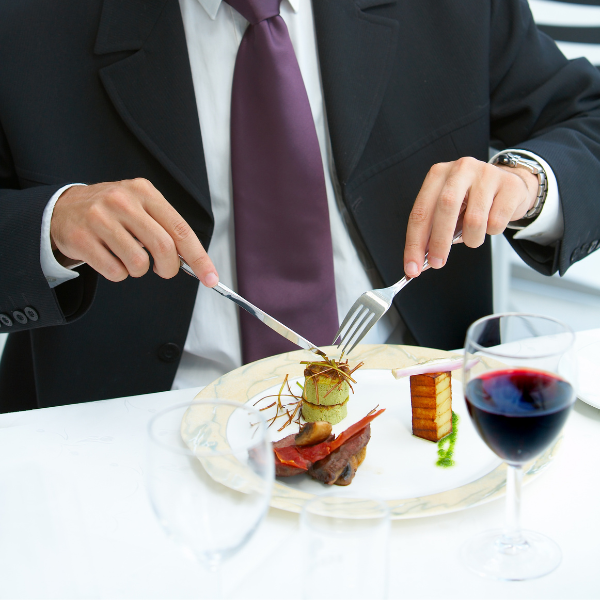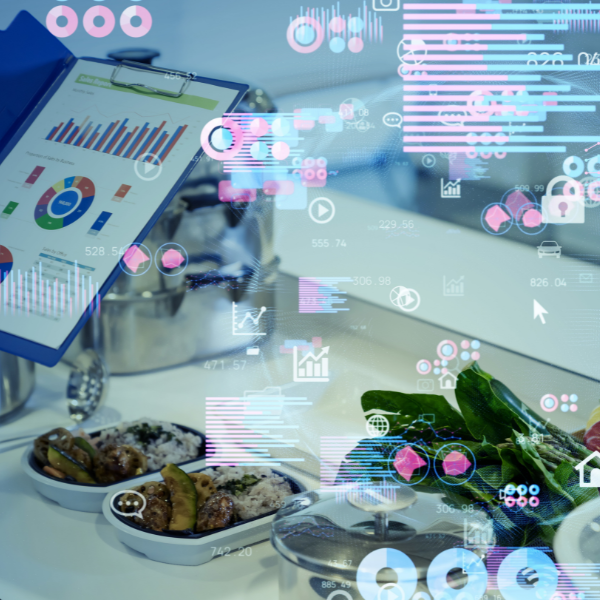What Is Edible Paint?
Edible paint is a food-safe coloring medium made from ingredients such as food-grade coloring gels, powders, or natural extracts mixed with a liquid base like alcohol, lemon juice, or vinegar. These paints can be brushed, sprayed, or splattered onto a variety of surfaces, including fondant, chocolate, bread, or even protein glazes.
Some chefs create their own from scratch using natural colorants like beet juice, turmeric, spirulina, or activated charcoal, while others rely on ready-made versions for consistency and color precision.

A Visual Feast: Why Presentation Matters
As diners increasingly share their meals on social media, visual impact has become a crucial element of fine dining. A stunning plate is more than eye candy—it sets the tone for the meal and enhances the overall sensory experience. This is where edible paint truly shines.
Chefs use it to:
Highlight textures: Adding a glossy sheen or matte finish helps differentiate elements on the plate.
Create contrast: Bold strokes or splashes of color can make the components of a dish stand out.
Tell a story: Designs can reflect seasonal themes, cultural motifs, or a dish’s origin story.
Personalize the dish: From wedding dates on macarons to edible monograms, paint adds a unique touch.
Techniques Chefs Use with Edible Paint
1. Brushing and Stenciling
2. Splattering and Smearing
3. Airbrushing
4. Gold and Metallic Accents
Popular Dishes Enhanced by Edible Paint
Macarons : Delicate designs or names hand-painted on shells.
Plated desserts : Sauce “canvases” enhanced with brushstrokes.
Chocolate bonbons : Hand-painted with metallic or colored cocoa butter.
Savory dishes : Painted purees or reductions that echo the flavors of the dish.
The Future of Edible Art
As edible paint becomes more common in both fine dining and food retail, innovation continues to grow. Chefs are exploring interactive plating where guests “paint” their own dishes, or edible paint that changes color with temperature. The rise of plant-based and natural colorants also reflects the broader industry shift toward sustainability and health-conscious ingredients.
Edible paint isn’t just a gimmick—it’s a powerful tool that allows chefs to merge food and art in new and meaningful ways. Whether creating a masterpiece for a tasting menu or adding a splash of flair to a catering tray, this colorful medium is redefining the boundaries of culinary presentation.








